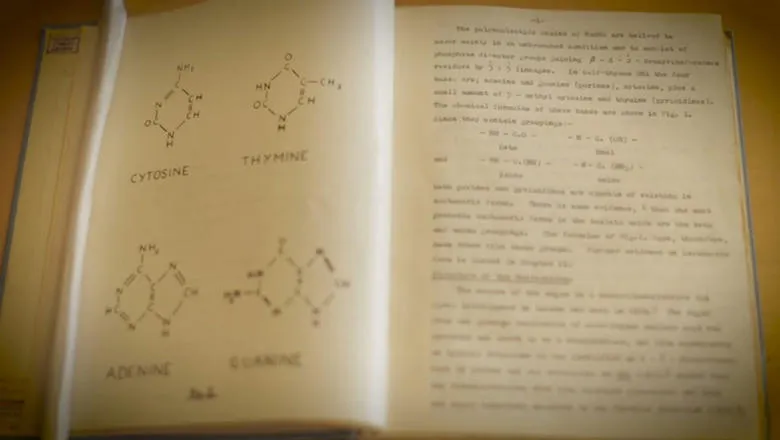Researchers from King’s College London have engineered a novel way of delivering gene therapy that they hope will mean scientists and doctors can target areas of the brain that were previously difficult to reach.
Gene therapy
Gene therapy, also known as human gene transfer, is an experimental technique that is used by doctors to introduce healthy copies of genes in patients who carry faulty or defective versions of the same gene.
One way the healthy gene is introduced is by injecting a harmless virus, such as adeno-associated virus (AAV), which carries the healthy genes and delivers them to cells. The protein shell of a virus (known as a capsid), protects the genetic material inside and determines which cells it will bind onto and infect.
Recent clinical trials using this technique have been successful in treating genetic disorders such as inherited blindness, bleeding disorders and motor neuron disease but the technique has not been successful so far in treating conditions of the brain since the protein shell may not be optimal for gene delivery to the brain.
AAV-TT
King’s researchers examined the virus and engineered a novel capsid with a different type of protein shell, called AAV-TT, which more closely mimics those viruses currently circulating in the human population. This resulted in a virus that could enter the neurons more efficiently and travel long distances in the brain and therefore has the potential to treat diseases that affect the entire brain, including in young children.
To test this, the new virus, AAV-TT, was injected into a mouse model with a genetic disorder called lysosomal storage disease (LSD) which results in cell death and inflammation in the brain. To treat it, a large number of cells in many brain areas need to be reached by the therapy.
The results were unprecedented and showed the symptoms of LSD were corrected, where the current gold-standard therapy based on another AAV capsid was unsuccessful in having any effect on the outcome of this LSD.
Commenting on the findings, Dr Els Henckaerts said: ‘Our findings are significant, and we hope that with further investigation and trials they could lead to a new tool for delivering therapies to previously inaccessible areas of the brain. The ultimate aim would be to find new ways to treat debilitating illnesses such as Parkinson’s disease and dementias.’

